Input interpretation

citric acid
Chemical names and formulas
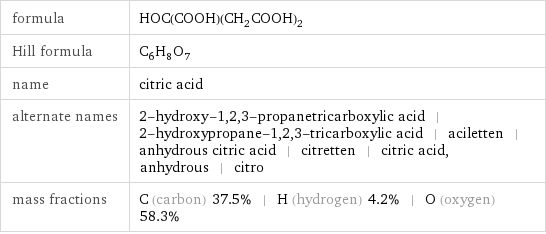
formula | HOC(COOH)(CH_2COOH)_2 Hill formula | C_6H_8O_7 name | citric acid alternate names | 2-hydroxy-1, 2, 3-propanetricarboxylic acid | 2-hydroxypropane-1, 2, 3-tricarboxylic acid | aciletten | anhydrous citric acid | citretten | citric acid, anhydrous | citro mass fractions | C (carbon) 37.5% | H (hydrogen) 4.2% | O (oxygen) 58.3%
Lewis structure
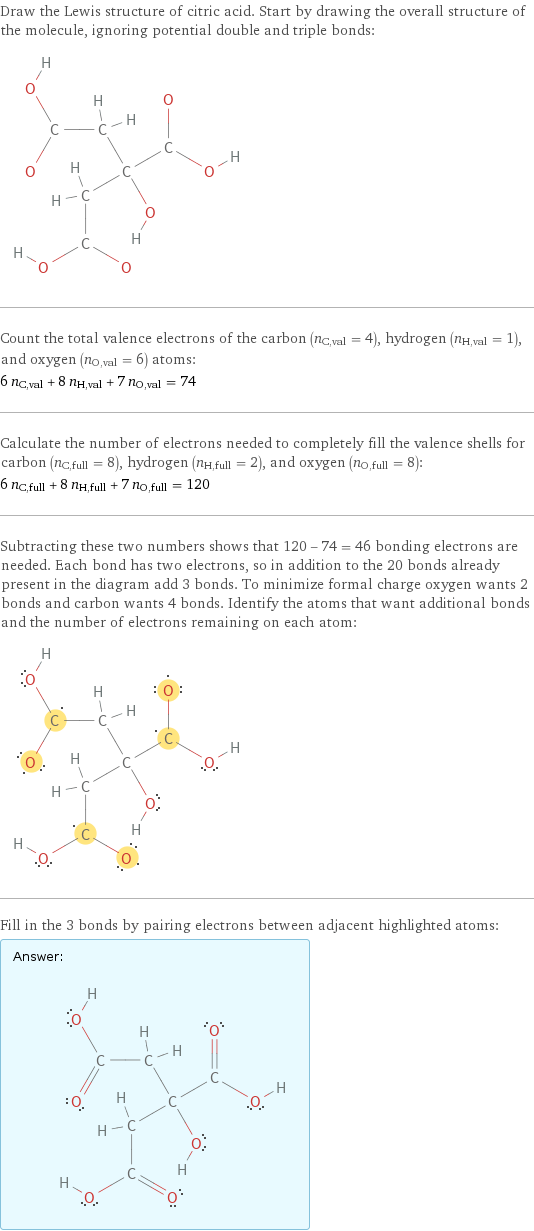
Draw the Lewis structure of citric acid. Start by drawing the overall structure of the molecule, ignoring potential double and triple bonds: Count the total valence electrons of the carbon (n_C, val = 4), hydrogen (n_H, val = 1), and oxygen (n_O, val = 6) atoms: 6 n_C, val + 8 n_H, val + 7 n_O, val = 74 Calculate the number of electrons needed to completely fill the valence shells for carbon (n_C, full = 8), hydrogen (n_H, full = 2), and oxygen (n_O, full = 8): 6 n_C, full + 8 n_H, full + 7 n_O, full = 120 Subtracting these two numbers shows that 120 - 74 = 46 bonding electrons are needed. Each bond has two electrons, so in addition to the 20 bonds already present in the diagram add 3 bonds. To minimize formal charge oxygen wants 2 bonds and carbon wants 4 bonds. Identify the atoms that want additional bonds and the number of electrons remaining on each atom: Fill in the 3 bonds by pairing electrons between adjacent highlighted atoms: Answer: | |
3D structure
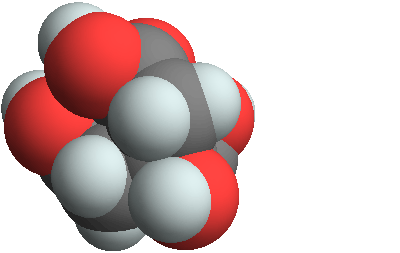
3D structure
Basic properties

molar mass | 192.12 g/mol phase | solid (at STP) melting point | 156 °C boiling point | 310 °C density | 1.665 g/cm^3
Units

Hydrophobicity and permeability properties
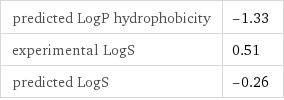
predicted LogP hydrophobicity | -1.33 experimental LogS | 0.51 predicted LogS | -0.26
Basic drug properties

approval status | experimental | small molecule drug categories | anticoagulant | chelating agent
Solid properties (at STP)

density | 1.665 g/cm^3 vapor pressure | 6×10^-5 mmHg (at 25 °C) refractive index | 1.44
Units

Thermodynamic properties

specific heat of formation Δ_fH° | solid | -8.035 kJ/g molar heat of formation Δ_fH° | solid | -1544 kJ/mol molar heat of vaporization | 63.8 kJ/mol | specific heat of vaporization | 0.332 kJ/g | molar heat of combustion | 1983 kJ/mol | specific heat of combustion | 10.32 kJ/g | (at STP)
Chemical identifiers

CAS number | 77-92-9 Beilstein number | 782061 PubChem CID number | 311 PubChem SID number | 24854425 SMILES identifier | C(C(=O)O)C(CC(=O)O)(C(=O)O)O InChI identifier | InChI=1/C6H8O7/c7-3(8)1-6(13, 5(11)12)2-4(9)10/h13H, 1-2H2, (H, 7, 8)(H, 9, 10)(H, 11, 12)/f/h7, 9, 11H InChI key | KRKNYBCHXYNGOX-CUNNJMNPCP RTECS number | GE7350000 MDL number | MFCD00011669
NFPA label

NFPA label
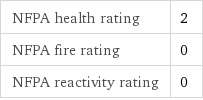
NFPA health rating | 2 NFPA fire rating | 0 NFPA reactivity rating | 0
Safety properties

flash point | 155 °C autoignition point | 345 °C lower explosive limit | 1.8% (concentration in air) upper explosive limit | 4.8% (concentration in air)
Toxicity properties

RTECS classes | agricultural chemical and pesticide | drug | primary irritant